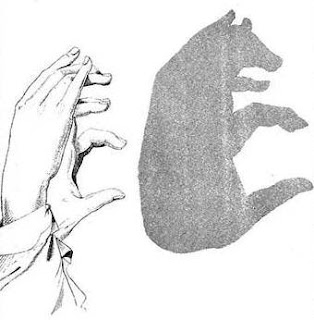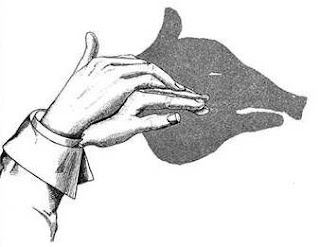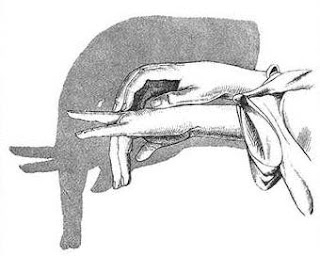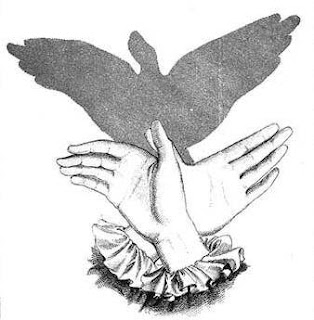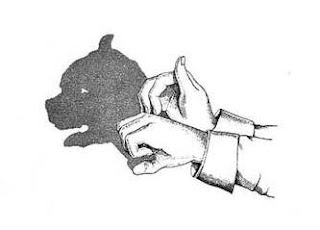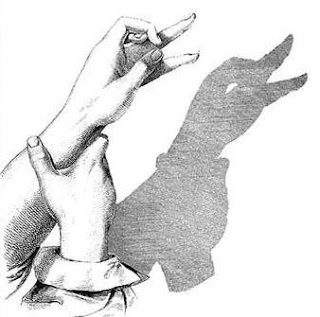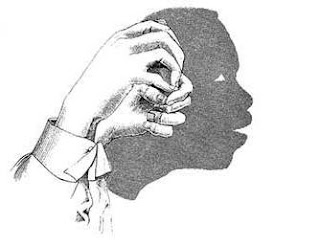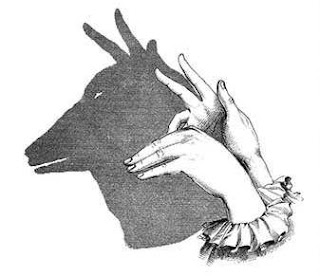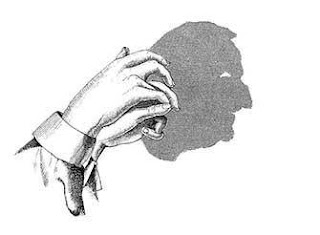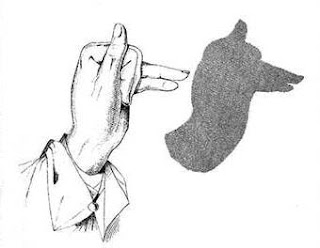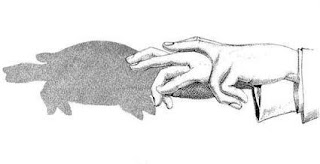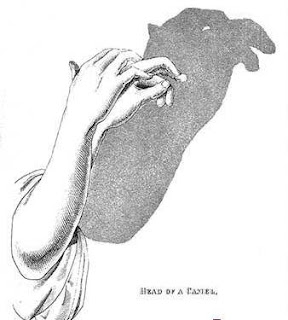
One of the strangest mysteries in archaeology was discovered in the Diquis Delta of Costa Rica। Since the 1930s, hundreds of stone balls have been documented, ranging in size from a few centimetres to over two meters in diameter। Some weigh 16 tons. Almost all of them are made of granodiorite, a hard, igneous stone. These objects are monolithic sculptures made by human hands
The spheres number over 300. The large ones weigh many tons. Today, they decorate official buildings such as the Asamblea Legislativa, hospitals and schools. You can find them in museums. You can also find them as ubiquitous status symbols adorning the homes and gardens of the rich and powerful.
The stones may have come from the bed of the Térraba River , to where they were transported by natural processes from sources of parent material in the Talamanca mountains. Unfinished spheres were never found. Like the monoliths of the Old World, the Costa Rican quarry was more than 50 miles away from the final resting place of these mysteries
Where are the balls found?
They were originally found in the delta of the Térraba River, also known as the Sierpe, Diquís, and General River, near the towns of Palmar Sur and Palmar Norte। Balls are known from as far north as the Estrella Valley and as far south as the mouth of the Coto Colorado River. They have been found near Golfito and on the Isla del Caño. Since the time of their discovery in the 1940s, these objects have been prized as lawn ornaments. They were transported, primarily by rail, all over Costa Rica. They are now found throughout the country. There are two balls on display to the public in the U.S. One is in the museum of the National Geographic Society in Washington, D.C. The other is in a courtyard near the Peabody Museum of Archaeology and Ethnography, at Harvard University in Cambridge, Massachusetts.
How big are they?
The balls range in size from only a few centimeters to over two meters in diameter। It has been estimated that the largest ones weigh over 16 tons (ca. 15,000 kg).
What are they made of?
Almost all of the balls are made of granodiorite, a hard, igneous stone that outcrops in the foothills of the nearby Talamanca range. There are a few examples made of coquina, a hard material similar to limestone that is formed from shell and sand in beach deposits. This was probably brought inland from the mouth of the Térraba-Sierpe delta. (The background image for these pages is a photograph of the surface of a stone ball in Palmar Sur, Costa Rica.)
How many of them are there?
Samuel Lothrop recorded a total of approximately 186 balls for his 1963 publication। However, it has been estimated that there may be several hundred of these objects, now dispersed throughout Costa Rica. It was reported that one site near Jalaca had as many as 45 balls, but these have now been removed to other locations.
How were they made?
The balls were most likely made by reducing round boulders to a spherical shape through a combination of controlled fracture, pecking, and grinding। The granodiorite from which they are made has been shown to exfoliate in layers when subjected to rapid changes in temperature. The balls could have been roughed out through the application of heat (hot coals) and cold (chilled water). When they were close to spherical in shape, they were further reduced by pecking and hammering with stones made of the same hard material. Finally, they were ground and polished to a high luster. This process, which was similar to that used for making polished stone axes, elaborate carved metates, and stone statues, was accomplished without the help of metal tools, laser beams, or alien life forms.
Who made them?
The balls were most likely made by the ancestors of native peoples who lived in the region at the time of the Spanish conquest। These people spoke Chibchan languages, related to those of indigenous peoples from eastern Honduras to northern Colombia. Their modern descendants include the Boruca, Téribe, and Guaymí. These cultures lived in dispersed settlements, few of which were larger than about 2000 people. These people lived off of fishing and hunting, as well as agriculture. They cultivated maize, manioc, beans, squash, pejibaye palm, papaya, pineapple, avocado, chilli peppers, cacao, and many other fruits, root crops, and medicinal plants. They lived in houses that were typically round in shape, with foundations made of rounded river cobbles.
How old are they?
Stone balls are known from archaeological sites and buried strata hat have only pottery characteristic of the Aguas Buenas culture, whose dates range from ca। 200 BC to AD 800. Stone balls have reportedly been found in burials with gold ornaments whose style dates from after about AD 1000. They have also been found in strata containing shreds of Buenos Aires Polychrome, a pottery type of the Chiriquí Period that was made beginning around AD 800. This type of pottery has reportedly been found in association with iron tools of the Colonial period, suggesting it was manufactured up until the 16th century. So, the balls could have been made anytime during an 1800-year period. The first balls that were made probably lasted for several generations, during which time they could have been moved and modified.
What were they used for?
Nobody knows for sure। The balls had ceased to be made by the time of the first Spanish explorers, and remained completely forgotten until they were rediscovered in the 1940s. Many of the balls were found to be in alignments, consisting of straight and curved lines, as well as triangles and parallelograms. One group of four balls was found to be arranged in a line oriented to magnetic north. This has led to speculation that they may have been arranged by people familiar with the use of magnetic compasses, or astronomical alignments. Unfortunately, all but a few of these alignments were destroyed when the balls were moved from their original locations, so measurements made almost fifty years ago cannot be checked for accuracy. Many of the balls, some of them in alignments, were found on top of low mounds. This has led to speculation that they may have been kept inside of houses built on top of the mounds, which would have made it difficult to use them for making observations. Ivar Zapp's suggestions that the alignments were navigational devices pointing to Easter Island and Stonehenge are almost certainly wrong. Lothrop's original measurements of alignments of balls only a few meters apart were not accurate or precise enough to allow one to control for errors in plotting such long distances. With the exception of balls located on the Isla del Caño, most of the balls are too far from the sea to have been useful to ocean-going navigators.
Why are the balls endangered?
Virtually all of the known balls have been moved from their original locations, destroying information about their archaeological contexts and possible alignments। Many of the balls have been blown up by local treasure hunters who have believed nonsensical fables that the balls contain gold. Balls sitting in agricultural fields have been damaged by periodic burning, which causes the once smooth surface of the balls to crack, split, and erode--a process that has contributed to the destruction of the largest known stone ball. Balls have been rolled into gullies and ravines, or even into underwater marine locations (as at Isla del Caño). The vast majority have been transported far from their zone of origin, separating them even further from the consciousness of the descendants of the people who made these balls.


















